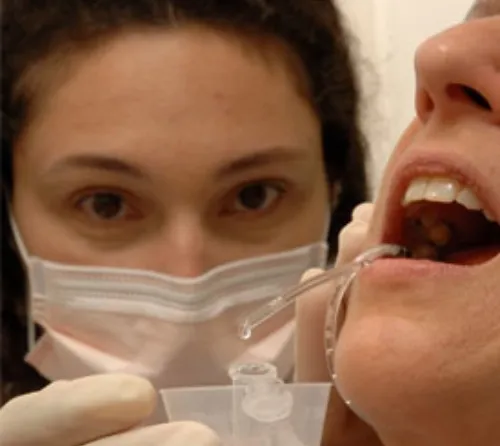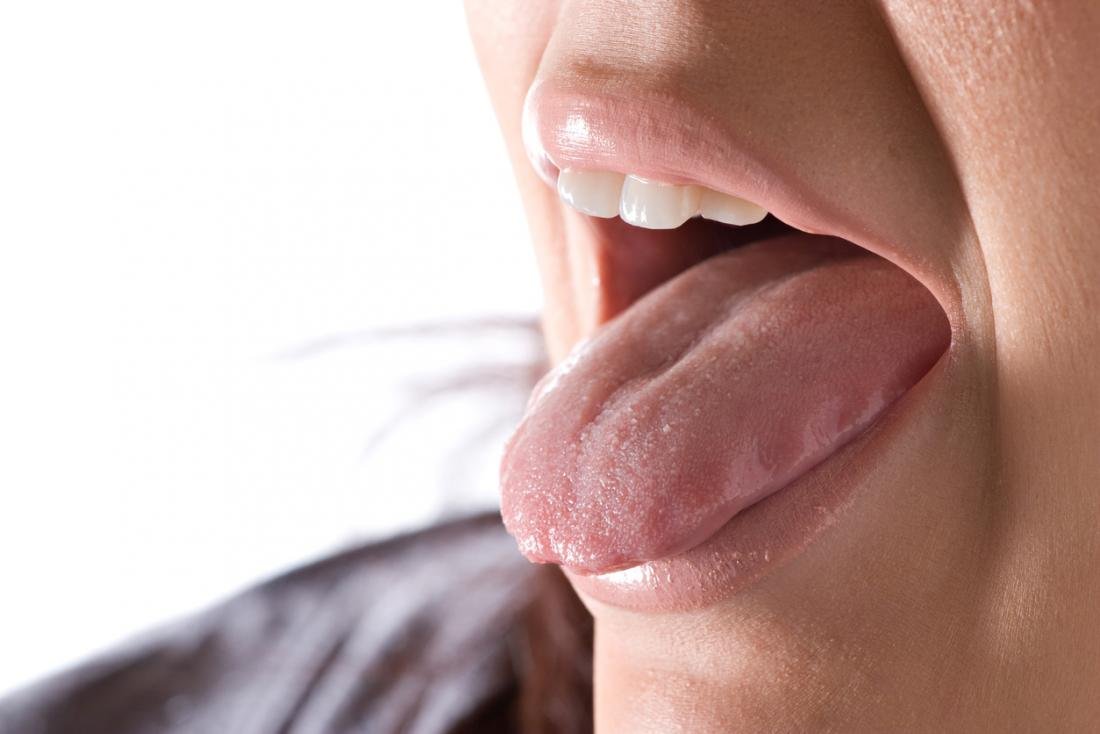Saliva is an important secretion from the body, whose presence and the role in multiplicity of functions is rarely appreciated in normal circumstances but more felt so in absentia.
Patients may present with a range of signs and symptoms, the severity of which depending upon the causative factors.
The functions of saliva include:
- Lubricating the oral tissue thereby assisting in the swallowing process and speech.
- Assisting the special sense of taste, by acting as a solvent for ions (from food, drinks etc.), and through proteins such as gustin.
- Maintaining the health of the oral mucosa, through growth factors which promote wound healing, and cystatins, (which inhibit destructive enzymes such as cysteine & proteases).
- Assisting in digestion, through amylase and lipase (the process beginning from the oral cavity itself).
- Dilution and clearing of material from the oral cavity.
- Buffering acids from dental plaque and from consumed foods and drinks, and preventing erosion caused by episodes of prolonged exposure to weak acids (e.g. Wines and black cola soft drinks) or short-term exposure to strong acids (e.g. Reflux and Vomiting).
- Salivary stimulation elicited reflexively by taste and mastication leads to an increase in the pH and buffering capacity (due primarily to elevated levels of bicarbonate), as well as super-saturation of saliva with calcium and phosphate.
- Serving as a reservoir for ions (Calcium, Phosphorus, and Fluoride) for re-mineralization.
- Controlling the oral micro-flora, through immunological (IgA), enzymatic, peptide and chemical mediators.
While deficits in the production of saliva at rest can easily pass unnoticed, reduction in saliva production during eating is much more apparent in terms of symptoms, and generally comes early to the notice of the patients.
The correlation of stimulated salivary flow and the prevention of dental caries and the dental erosion have been explained by improved clearance of substrate due to more rapid movement of the salivary film, while the prevention of dental caries, has been linked to the greater activity of salivary antimicrobial mechanisms.
- Edgar WM, Higham SM, Manning RH. Saliva stimulation and caries prevention. Adv Dent Res 8(2): 239-45, 1994.
- Brostek AM, Bochenek AJ, Walsh LJ. Minimally invasivedentistry: A review and update. Shanghai J Stomatol 2006;15(3):225-249.
- Laurence J. Walsh, School of Dentistry, The University of Queensland, Brisbane, Australia



 Salivary Glands & Extent of Salivation
Salivary Glands & Extent of Salivation